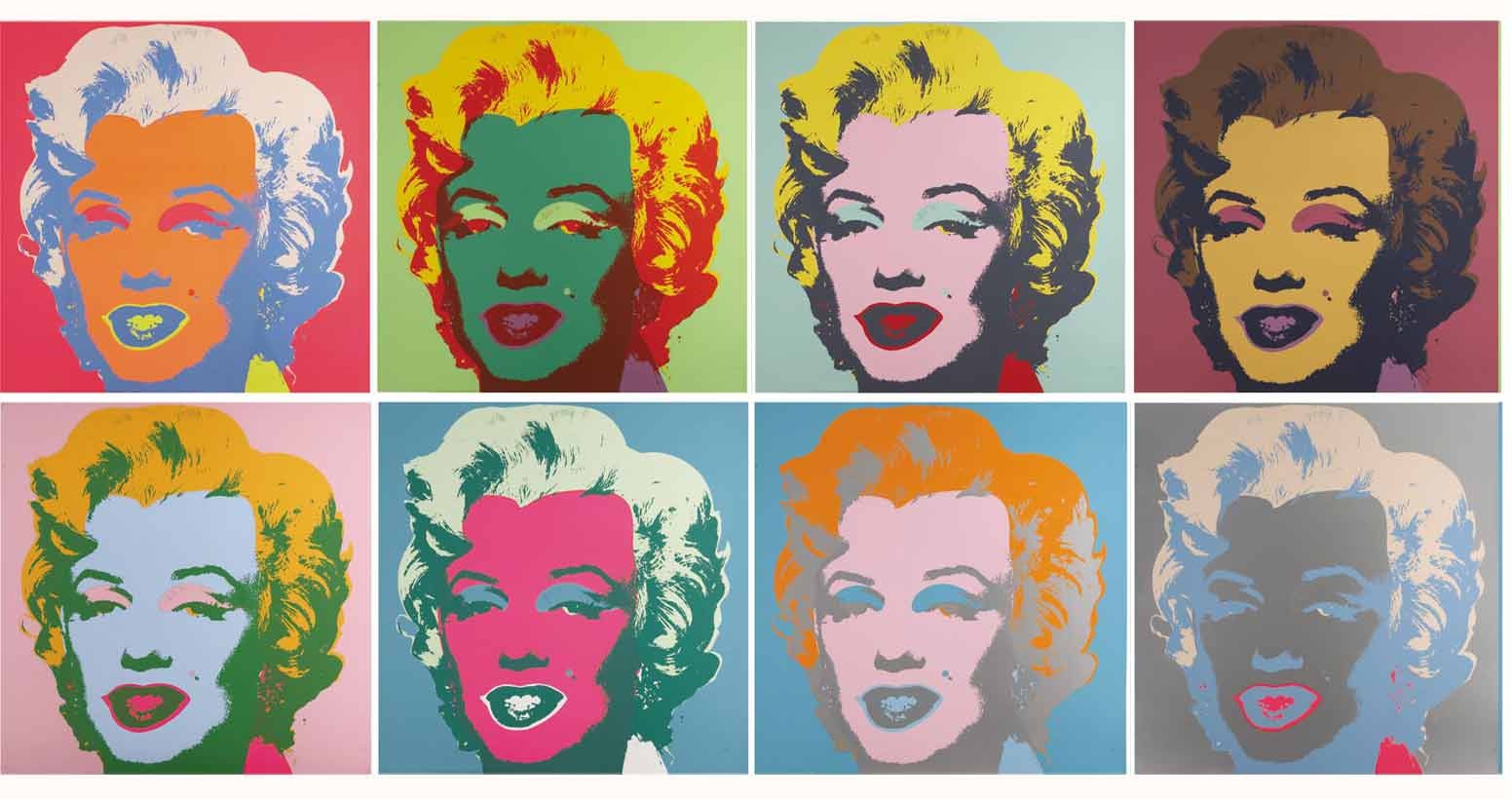In honour of the ‘Pop to popism’ exhibition at Gallery NSW right now, we take a look at the grand dames – the icons, muses and artists – of the movement. Pop art didn’t hold a mirror to the mass cultural conditions of its time, but a magnifying glass. It blew up the everyday trivia of marketing and media, making it bigger, sleeker, cooler and – whether it was satirising or celebrating its subject matter – impossible to ignore. Nowhere is this clearer than when you focus on the women. That old school Mad Men sexism is almost as loud as the colour palette. Usually, women in pop art are treated agnostically – they’re exactly the same as all the other shiny, desirable everyday objects the movement explored. Whether it’s Lichtenstein’s gorgeous but anonymous Drowning Girl or Richard Hamilton’s bare breasted vixen snipped from a magazine in Just what is it that makes today’s homes so different, so appealing?, we’re asked to appreciate the female form for its aesthetic value and nothing else. Despite its being something of a boys club, some women were elevated from objects to subjects – a few even making the art themselves.
marilyn monroe
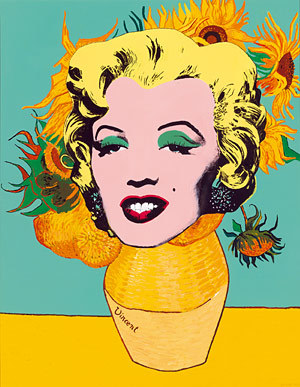
Martin Sharp and Tim Lewis, Still life: (Marilyn) 1973
Famous though she may have been, Marilyn Monroe alone is not a pop art sensation. But seen through Andy Warhol’s eyes in The Marilyn Monroe Diptych (lead image) she becomes one of the most lifted, borrowed and honoured icons of the movement. Marilyn’s colourful painted face appears in the above work by Martin Sharp and Tim Lewis and it has been recycled back into pop culture, everywhere from The Simpsons to the cover of Madonna albums.
twiggy

Jenny Watson, A painted page 1: Twiggy by Richard Avedon 1979
Pop art, and the movements that followed it, routinely made use of images from magazines. And no high fashion model represented the decade they were collaging better than Twiggy.
mary tyler moore
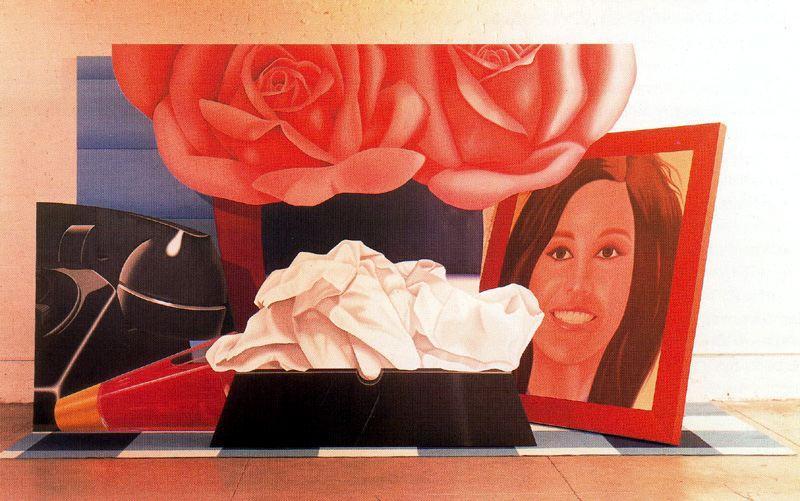
Tom Wesselmann, Still Life #59 1972
Although Tom Wesselmann would likely dispute his status as a pop artist, his mashups of everyday objects, images from advertising and works drawn from art history make him an obvious bedfellow of Andy Warhol, Roy Lichtenstein and James Rosenquist. Although his bold erotic and faceless American nude series stands out as his most obvious depiction of women, the inclusion of Mary Tyler Moore – a woman he once described as an ideal girlfriend is particularly in line with pop art values. She is at once recognisable, mundane and yet profoundly desirable.
celia birtwell
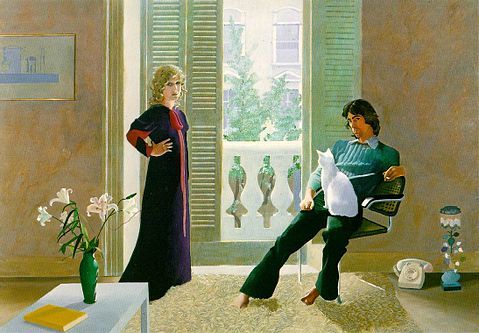
David Hockney, Mr and Mrs Clark and Percy 1970
Fashion and textiles designer Celia Birtwell not only made bright, expressive prints that translated the spirit of pop art into fashion, she was also a long-time muse of David Hockney, one of Britain’s most important pop artists. She regularly sat for him, and is the subject of Hockney’s gorgeously rendered Mr and Mrs Clark and Percy.
edie sedgwick
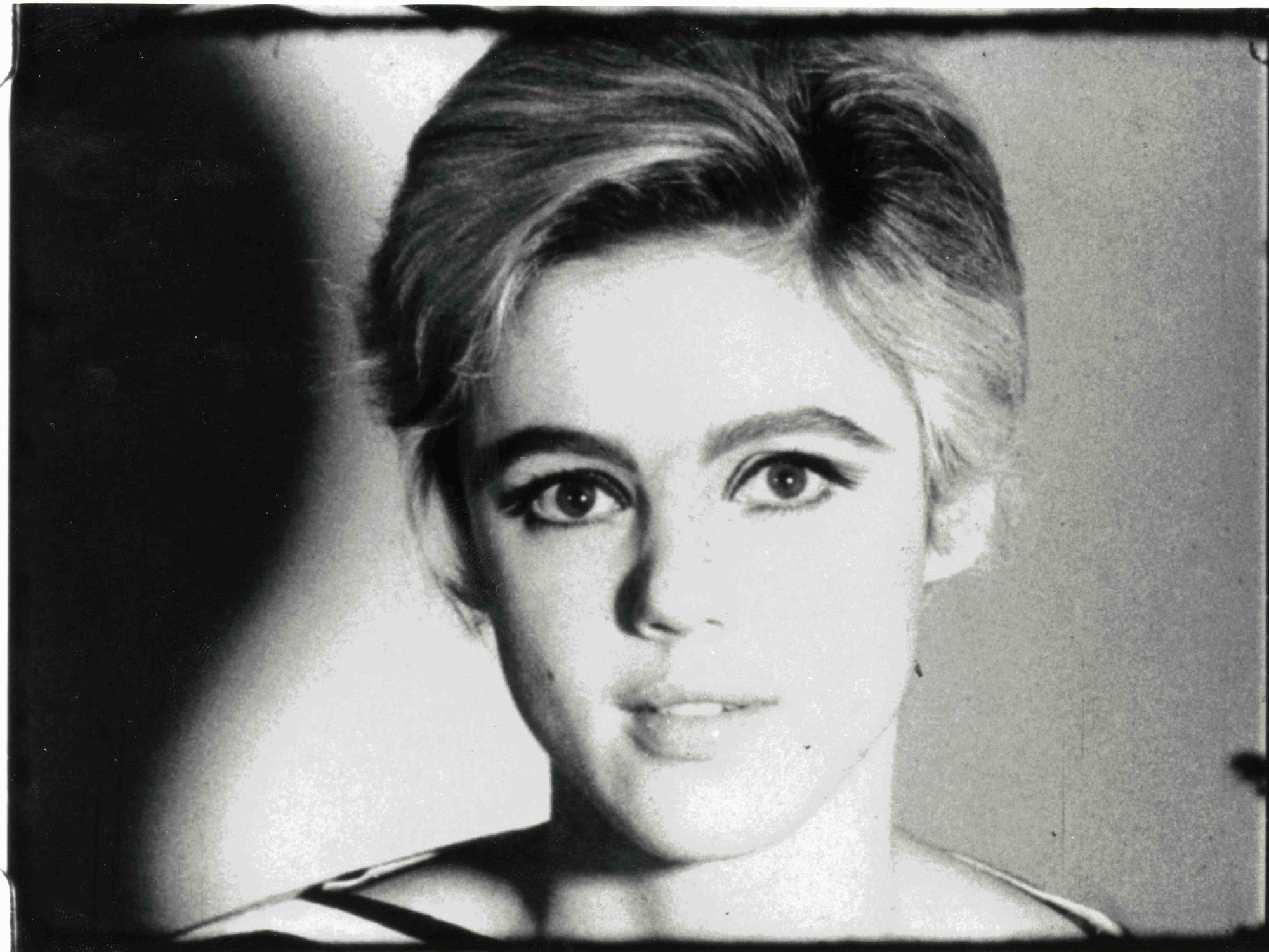
Edie Sedgwick’s ‘Poor Little Rich Girl’ status – her sad, weird life and beguiling eyes – pretty much perfectly capture the typical existence of a Warhol ‘Superstar’. She had buckets of style, but limited self determination. Her film work with Warhol, made in 1965 and 1966 is hauntingly gorgeous, but it didn’t help advance her acting career beyond the underground. It’s been 43 years since Sedgwick died of a drug overdose, yet her status as the ultimate tragic cool girl persists to this day.
marisol escobar
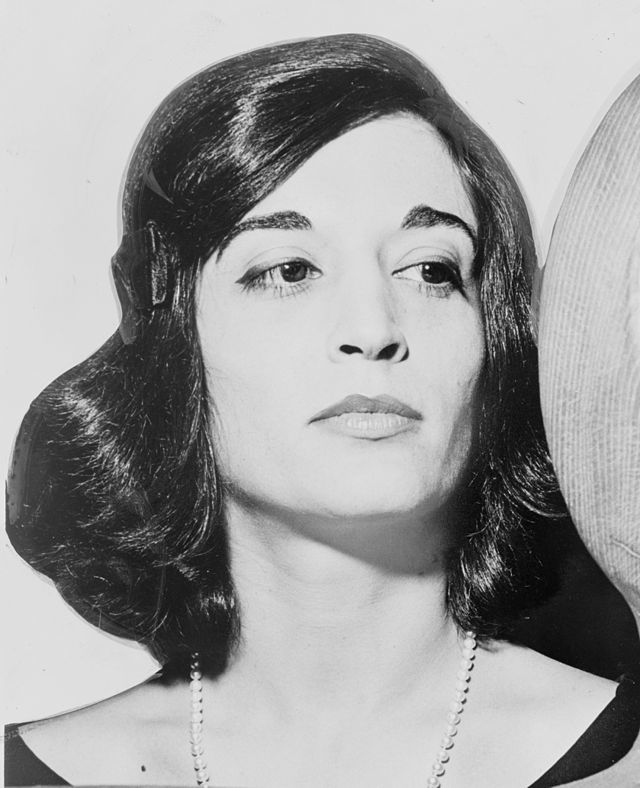
Though sculptor Marisol worked within a pop art framework, her creations had a stronger social conscience than many. She routinely explored that status of women and life in poverty through her works. When she drew from popular cinema, as with her sculpture of John Wayne, it was with a satirical bite not present in the works of her contemporaries like Andy Warhol.
cindy sherman
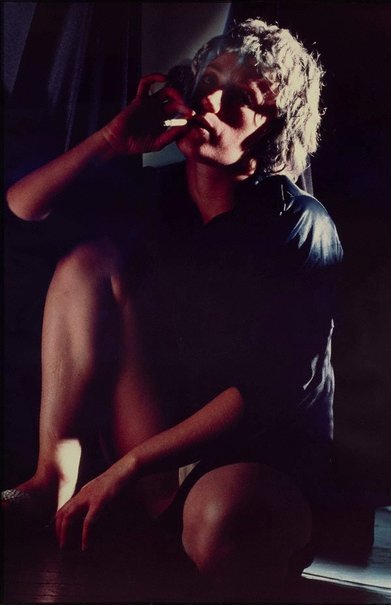
Cindy Sherman, Untitled #113 1982
Cindy Sherman is more post-pop (popism) than pop – rather than idolising Hollywood stars, she transforms herself into them through her conceptual self portraits. Sherman is a master at assuming multiple roles: constructing the shot both behind and in front of the lens. Importantly, her work explores the roles of women and celebrities in the modern context and her contribution to the movement will be enduring.
Credits
Pop to popism is on at the Art Gallery NSW until March 1st 2015, for further details go to artgallery.nsw.gov.au
